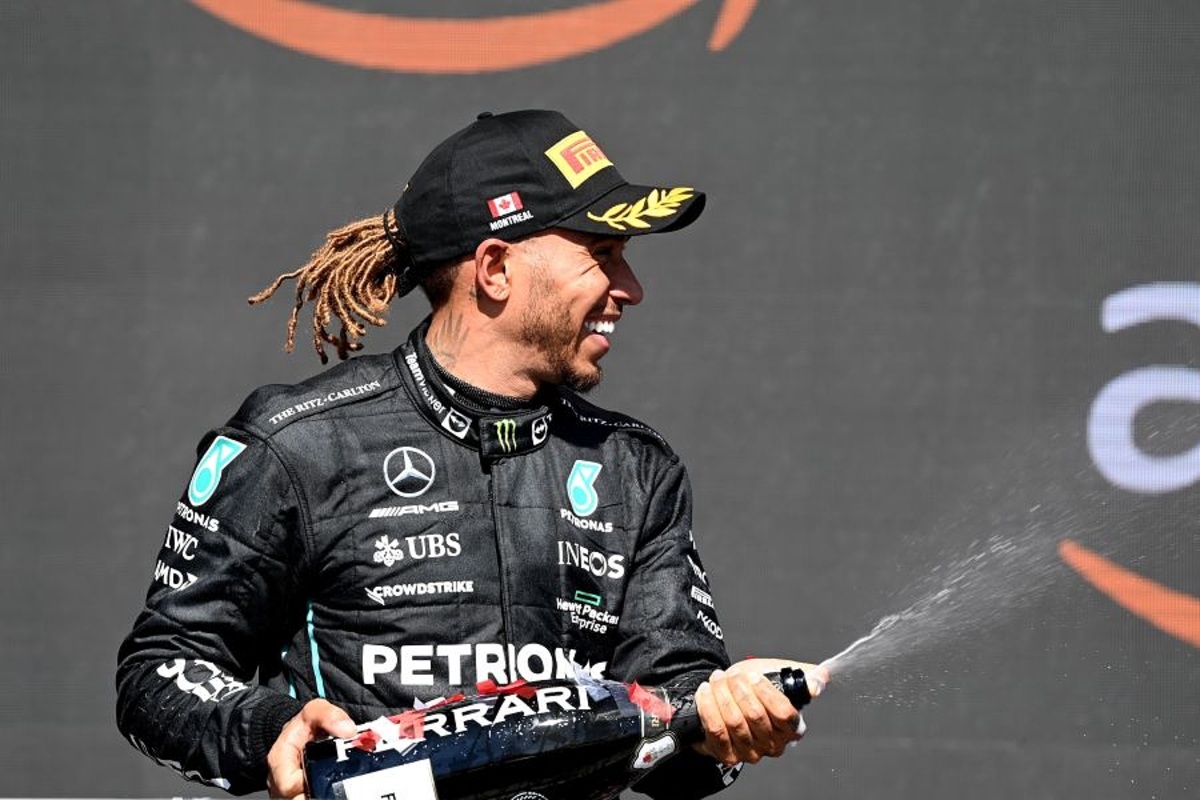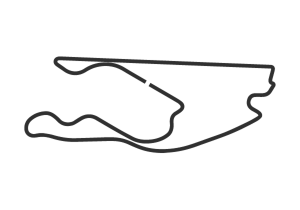Next up on F1 the calendar is a trip across the Atlantic to Montreal, which, smog permitting, will host the 52nd Canadian Formula 1 Grand Prix at the Circuit Gilles Villeneuve on June 18th.
As the number 52 suggests, this is one for the traditionalists, with the race having a long, history of incident, accident and controversy.
The Circuit Gilles Villeneuve, formerly known as Circuit Île Notre-Dame, first hosted the event in 1978, but between 1967 and 1977 its main home was Mosport Park, Ontario with Quebec’s Circuit Mont-Tremblant also playing host on two occasions.
The races at Mosport and Mont-Tremblant were considered spectacular but also riddled with risk and danger, and eventually both circuits were deemed too dangerous by the FIA.
READ MORE: Marko: Red Bull DREAM could be over at Canadian GP
As a result, the Canadian motorsport authorities had to act quickly and designated a site on a man-made island in the centre of the St Lawrence seaway as a suitable location. It was one that already had some infrastructure in place having been home to a World Fair known as Expo ’67.
So the Circuit Île Notre-Dame was born and the race on Sunday, June 18th will be the 42nd grand prix to be held there, making it the fifth most used circuit in F1 history, behind only Monza, Monaco, Silverstone and Spa.
In its infancy it was a track perceived to be the ultimate test of driver skill with its tight corners and unforgiving barriers, with many of the great and good falling victim to its twists and turns, but tweaks to its layout in recent years have seen it become more streamlined and become a fast, low-downforce track with several chicanes and long straights.
It is one generally liked by the drivers but also acknowledged as being one of the toughest on brakes.
Dominant Hamilton
For those who like their stats and who avidly await David Croft’s pre-race synopsis of each circuit, it has 14 turns - six to the left, eight to the right - is 4.361 km in length and, over a race distance of 70 laps, the drivers will cover 305.270 km. The current lap record of 1:13.078 was set by Valtteri Bottas in 2019.
READ MORE: Canadian Grand Prix 'RISK' update after devastating wildfire
The first race held there in 1978 was appropriately won by local hero Gilles Villeneuve but tragically the Canadian was killed four years later in qualifying for the Belgian Grand Prix, after which the Montreal circuit bore his name.
As far as the race itself goes, Michael Schumacher and Lewis Hamilton jointly lead the way with seven wins apiece, with no one else even close. Of those lining up on the grid on June 18, only Hamilton, Max Verstappen (2022) and Fernando Alonso (2006) have won this race, although Daniel Ricciardo – Red Bull’s current reserve/test driver – also did so in 2014.
It is clearly a track Hamilton likes and so it will be intriguing to see if the marginal gains eked out by Mercedes in Spain as a result of their re-designed chassis, can edge him closer to Verstappen.
Perhaps of more relevance is that Red Bull’s RB19 has proved itself adaptable to any track, regardless of whether it’s a tight, street circuit, like Monaco, or one like Jeddah that has flowing straights and relies predominantly on pure speed.
What would be nice is for it to be a race rather than a procession, the type of which we have become all too accustomed this year. If history is anything to go by, there will be incidents and talking points, with the Canadian Grand Prix having had more than its fair share.
Black Flag!
One of the more bizarre incidents came in 1969 at Mosport Park when Scottish racing legend Jackie Stewart crashed with Jacky Ickx after they both attempted to overtake a privateer by the name of Al Pease. Pease, in a car that was hopelessly uncompetitive, had completed just 22 laps compared the race leader’s 46 and was eventually shown a black flag.
He is the only driver in F1 history to suffer the ignominy of being black-flagged for being too slow!
The move to the Circuit Gilles Villeneuve created a generally safer driving experience compared to Mosport Park, but still experienced the Canadian Grand Prix’s only fatality in 1982 when Riccardo Paletti crashed into the rear of Didier Pironi’s stalled Ferrari. The Italian’s car briefly ignited and, while he was eventually pulled from the vehicle alive, he sadly died from his injuries in a Montreal hospital.
Another horror incident occurred in 2007 when, as Robert Kubica attempted to overtake Jarno Trulli, the Pole’s front wing clipped the rear of the Italian’s Toyota. As a result his BMW went airborne and slammed into a barrier before somersaulting and bouncing across the track before hitting another barrier and ending up on its side.
Fortunately, this one had a happy ending with all of the car’s safety measures working perfectly to leave him with just a sprained ankle and concussion.
Over-confident Mansell
The 1991 race produced an incident far less dangerous and more light-hearted when, having led from the first corner, Nigel Mansell began his 70th and final lap 57 seconds ahead of his nearest rival, Nelson Piquet. So confident was Mansell of victory, he spent the lap soaking up the adulation of the crowd and waving only for disaster to strike just two corners shy of the chequered flag.
As the revs dropped and car ground to a gradual halt as it became clear that Mansell’s problem was as fundamental as it can get in motoring, and something that has befallen most motorists at some point. He had ran out of fuel! Piquet cruised home in what ended up being the final victory of his career.
And, finally, a piece on the Canadian Grand Prix wouldn’t be complete with a mention of the infamous Wall of Champions, so-called because it has claimed many a champion. It is, in fact, merely a chicane located on the exit of the final corner of the Montreal circuit, but one that regularly sees drivers clipping the kerb and, as a result, ending up coming into contact with the outside wall.
It peaked in 1999 when it claimed three world champions - Damon Hill, Michael Schumacher and Jacques Villeneuve - in the space of just 20 laps.
Whether it will claim another victim on June 18th remains to be seen but, so far, of those lining up in this year’s grid only Carlos Sainz has succumbed to it, when he ended up in the wall in the qualifying of 2016.
What awaits in 2023?
READ MORE: F1 drivers out of contract: Hamilton heads select group
Related
















































 Grand Prix du Canada 2025
Grand Prix du Canada 2025  Grand Prix of Austria 2025
Grand Prix of Austria 2025  Grand Prix of Belgium 2025
Grand Prix of Belgium 2025  Grand Prix of Hungary 2025
Grand Prix of Hungary 2025  Grand Prix of Azerbaijan 2025
Grand Prix of Azerbaijan 2025  Grand Prix of Singapore 2025
Grand Prix of Singapore 2025  Gran Premio de la Ciudad de Mexico 2025
Gran Premio de la Ciudad de Mexico 2025  Grande Prêmio de São Paulo 2025
Grande Prêmio de São Paulo 2025  Qatar Grand Prix 2025
Qatar Grand Prix 2025  Grand Prix of Abu Dhabi 2025
Grand Prix of Abu Dhabi 2025 